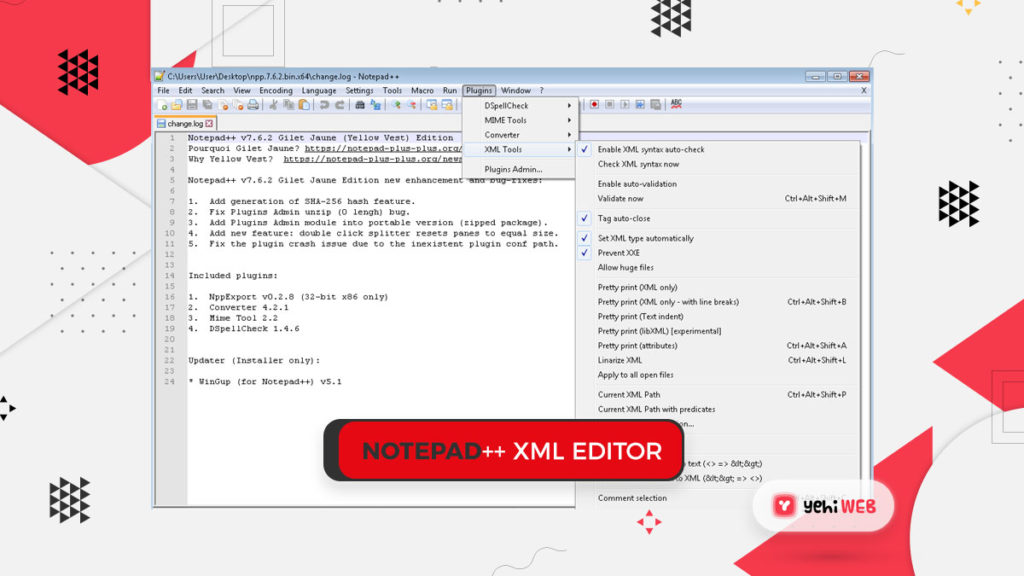
If you want to specify/state any particular name for the file, you can do so by specifying it after the :w. The ZZ command works the same way as the :wq command. When you are in the command mode, type ZZ. The easiest way to save your changes and exit vi is with the ZZ command. You can combine the above command with the quit command, or use :wq and return. The command to save the contents of the editor is :w. This lets you exit vi without saving any of the changes. To ignore this message, the command to quit out of vi without saving is :q!. If your file has been modified in any way, the editor will warn you of this, and not let you quit. Once in the command mode, type colon, and 'q', followed by return. Start by typing some characters and then come to the command mode to understand the difference. Hint − If you are not sure which mode you are in, press the Esc key twice this will take you to the command mode. To come out of the insert mode, press the Esc key, which will take you back to the command mode. To enter text, you must be in the insert mode for which simply type i. Everything that's typed in this mode is interpreted as input and placed in the file. Insert mode − This mode enables you to insert text into the file. In this mode, whatever you type is interpreted as a command. While working with the vi editor, we usually come across the following two modes −Ĭommand mode − This mode enables you to perform administrative tasks such as saving the files, executing the commands, moving the cursor, cutting (yanking) and pasting the lines or words, as well as finding and replacing. Before proceeding further, let us understand a few important concepts. You now have one open file to start working on. If a line does not begin with a tilde and appears to be blank, there is a space, tab, newline, or some other non-viewable character present. You will notice a tilde (~) on each line following the cursor. The above command will generate the following output − Opens an existing file in the read-only mode.įollowing is an example to create a new file testfile if it already does not exist in the current working directory − The following table lists out the basic commands to use the vi editor − Sr.No.Ĭreates a new file if it already does not exist, otherwise opens an existing file. You can also use this editor to just read a text file.

You can use the vi editor to edit an existing file or to create a new file from scratch. It is more user-friendly than other editors such as the ed or the ex. Its implementations are very similar across the board. It's usually available on all the flavors of Unix system. Vi is generally considered the de facto standard in Unix editors because − This editor enables you to edit lines in context with other lines in the file.Īn improved version of the vi editor which is called the VIM has also been made available now. Editing files using the screen-oriented text editor vi is one of the best ways. There are many ways to edit files in Unix. If you don't want to allow this, you can disable cookies in your browser.Īll input is processed locally (not by a server) and it is thus 100% safe and private.In this chapter, we will understand how the vi Editor works in Unix. This website uses cookies for Google Analytics. Clear (Alt+5) button erases the editor text.Sample (Alt+4) button puts a sample XML text in to the editor.Collapse all (Alt+3) button collapses all elements.Expand all (Alt+2) button expands all elements.Format (Alt+1) button beautifies the XML text.Formatting is done using an efficient third-party library: vkBeautify ( license).

You can search the parsed XML with the default editor search engine (Ctrl+F).

The editor's shortcut list is available here. This is done using the high performance editor: Ace ( license). It can handle large XML files because only the visible part of the XML is rendered. XML Online Viewer is a fast and simple XML visualizer.


 0 kommentar(er)
0 kommentar(er)
